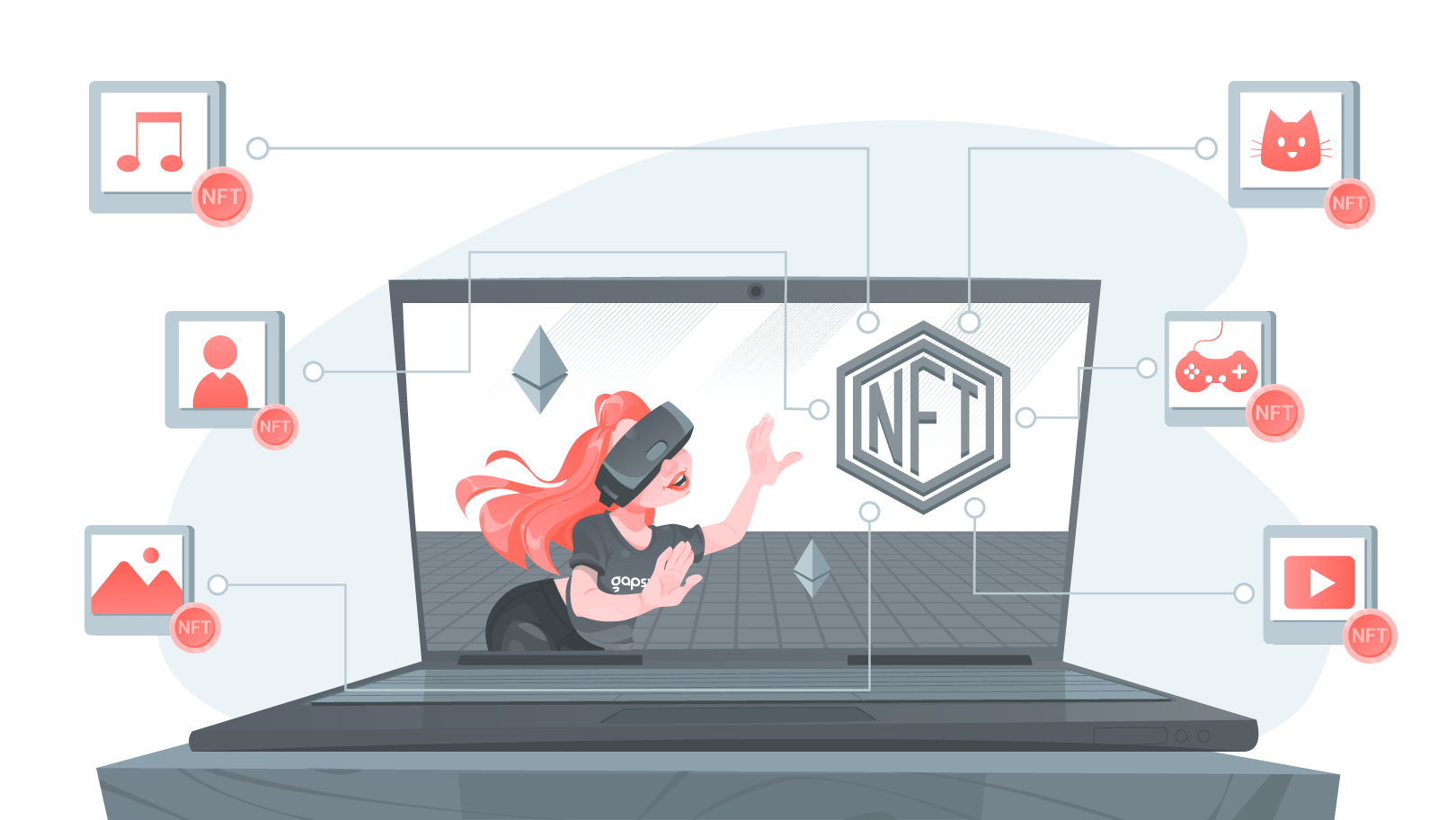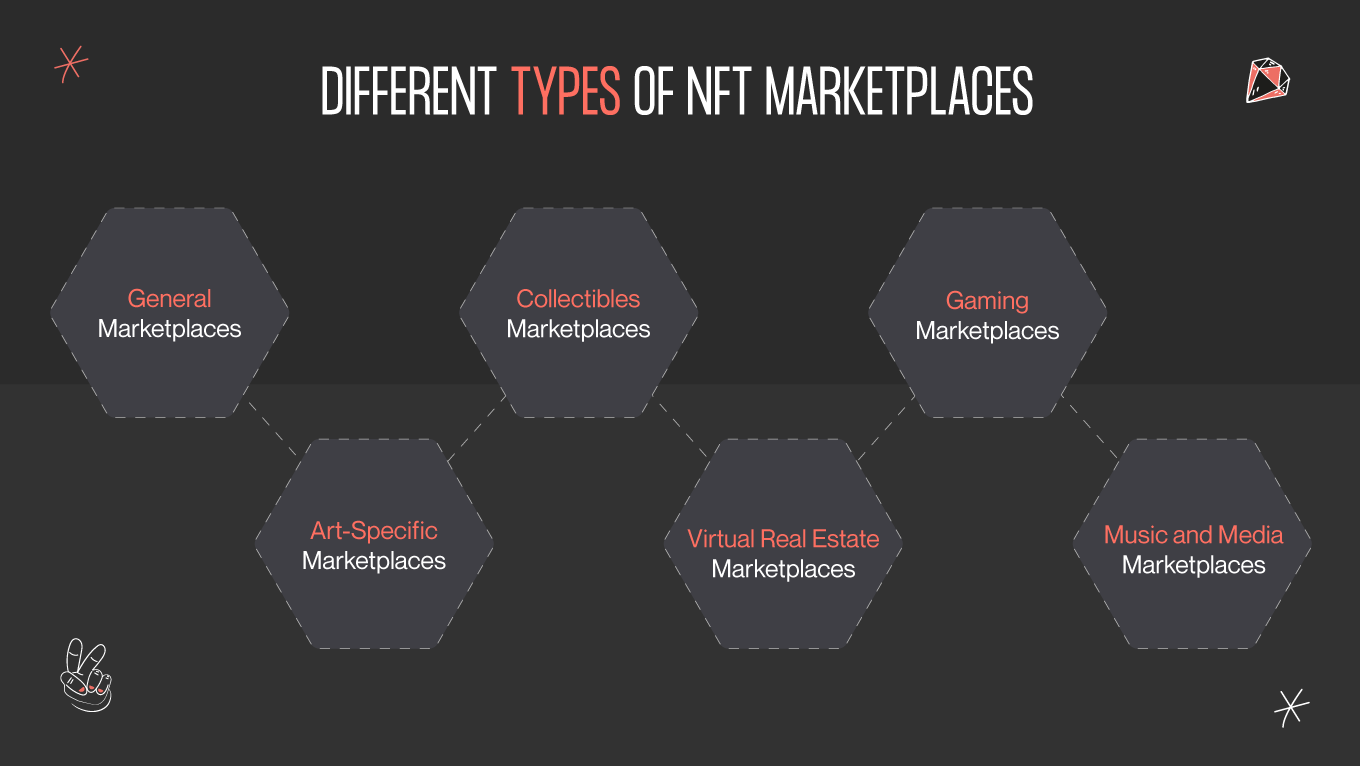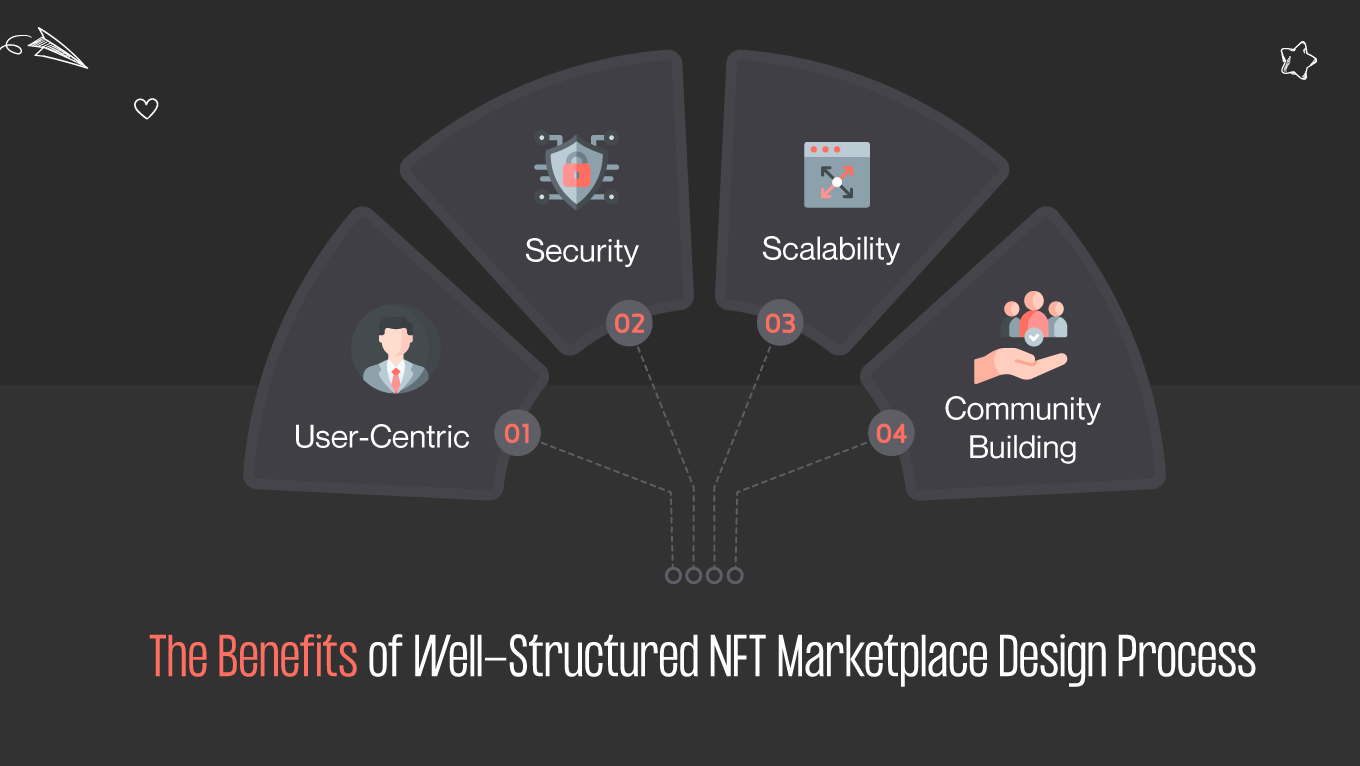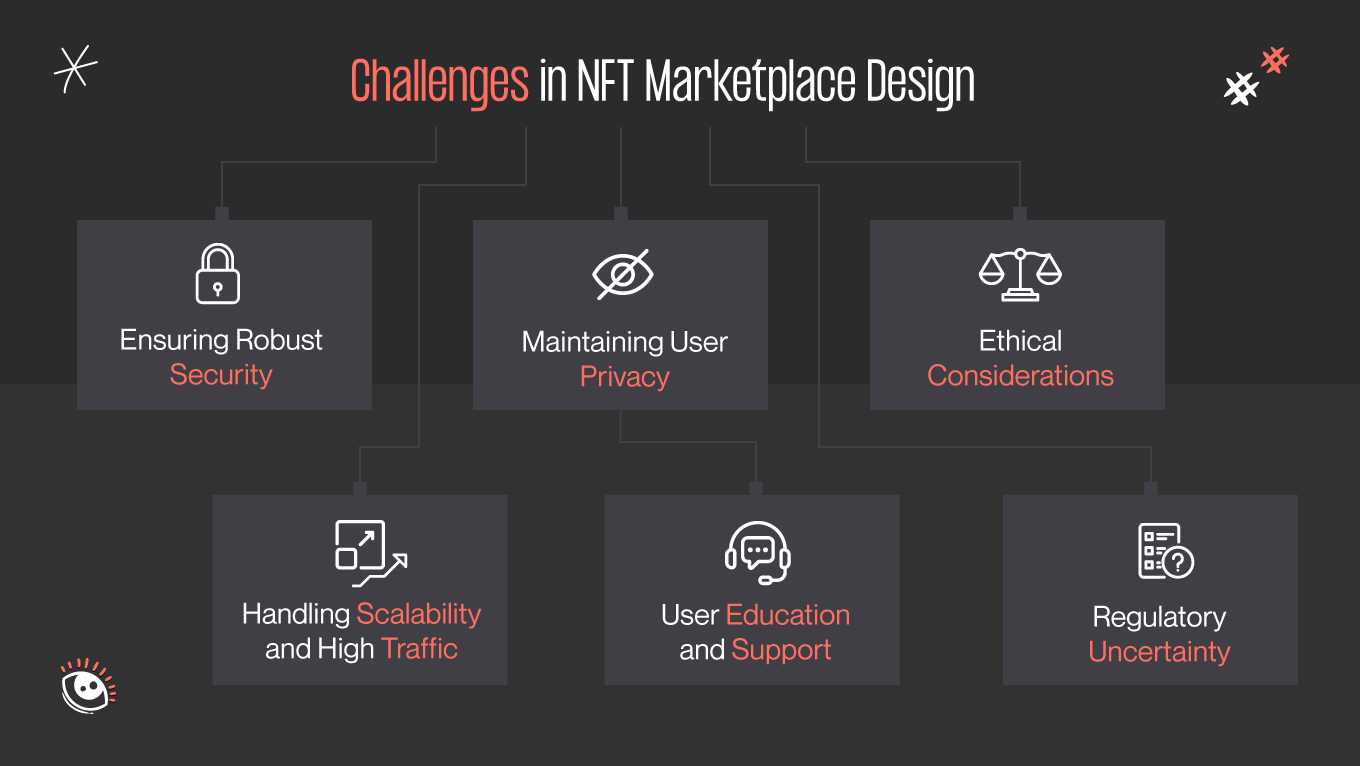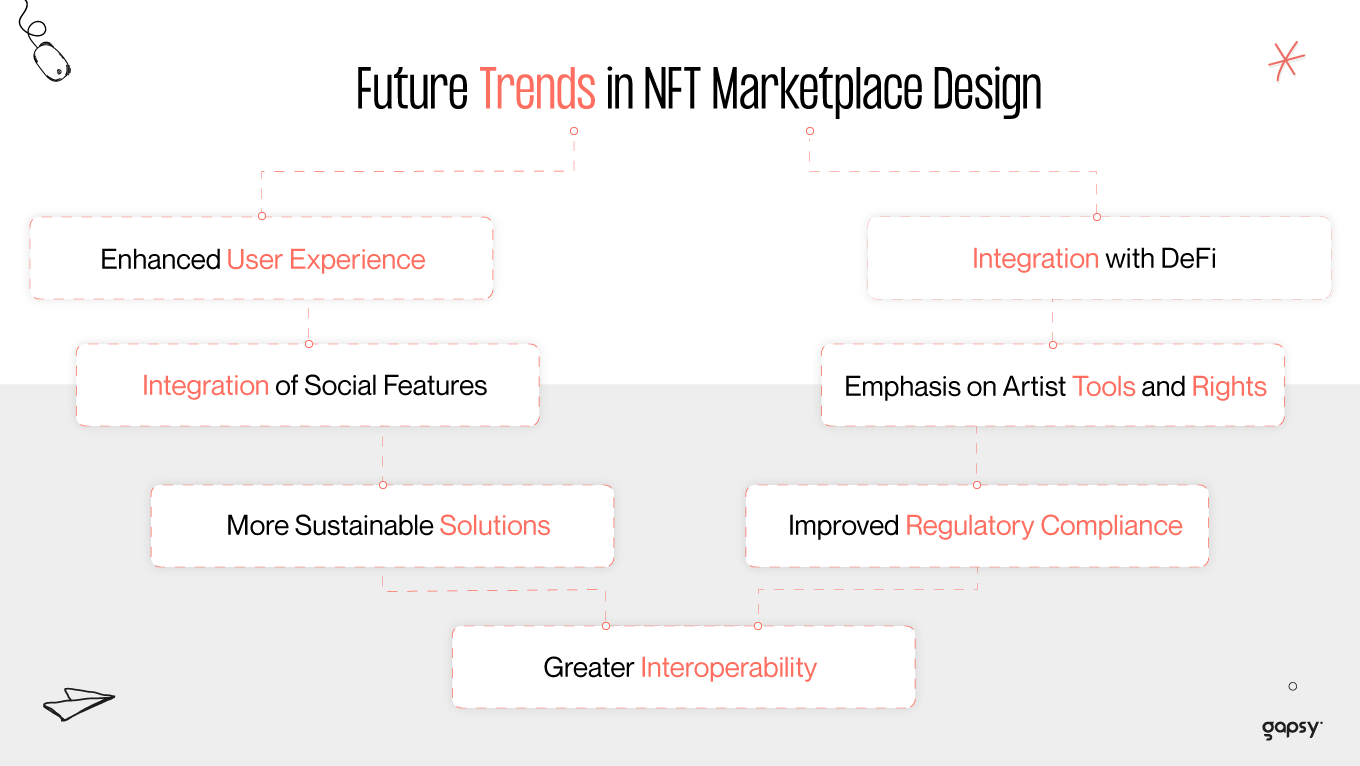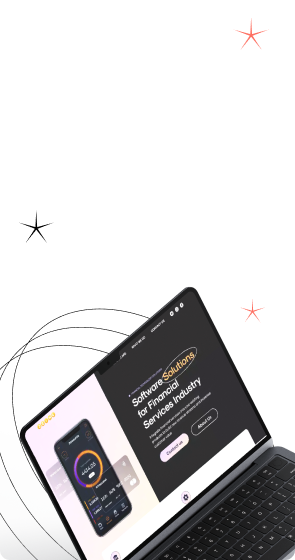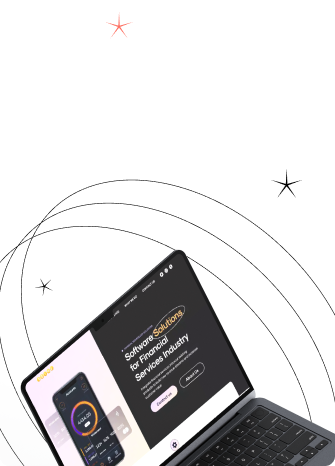Imagine you are a painter standing before a blank canvas. Your task is not to create a single work of art but to construct an entire gallery, a space that will house countless unique pieces of digital art, each representing a different vision, style, and interpretation. Physical walls do not confine this gallery but span the boundless digital world. You are not just a painter but an architect tasked with crafting an NFT marketplace – a space that melds art, technology, and commerce in a seamless union. If this concept excites you, you've embarked on a journey into the heart of designing NFT marketplaces, a revolutionary exploration that's as thrilling as it is. In the following sections, we will unravel the complexities of this design process, revealing how these innovative platforms are built from the ground up.

